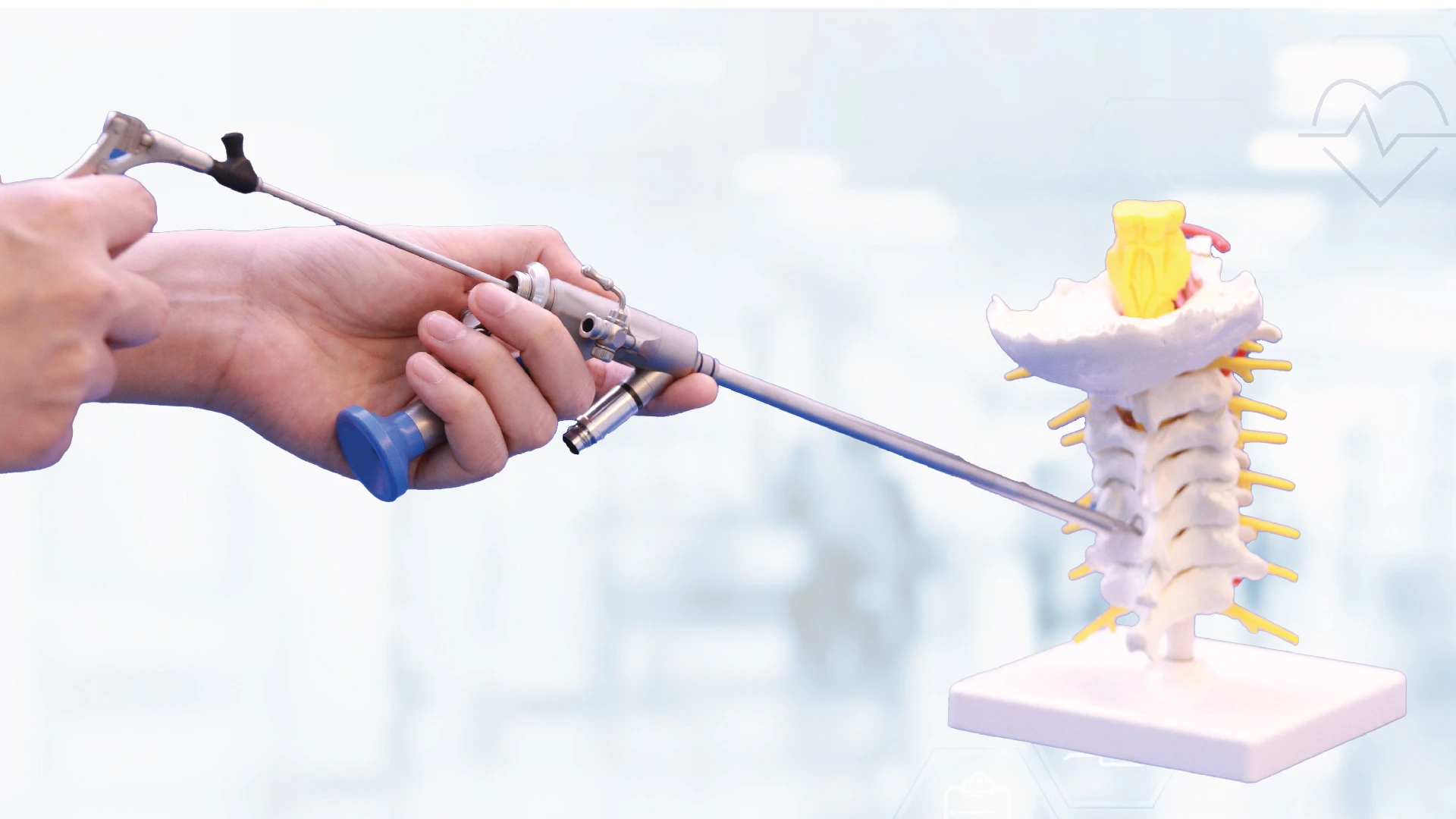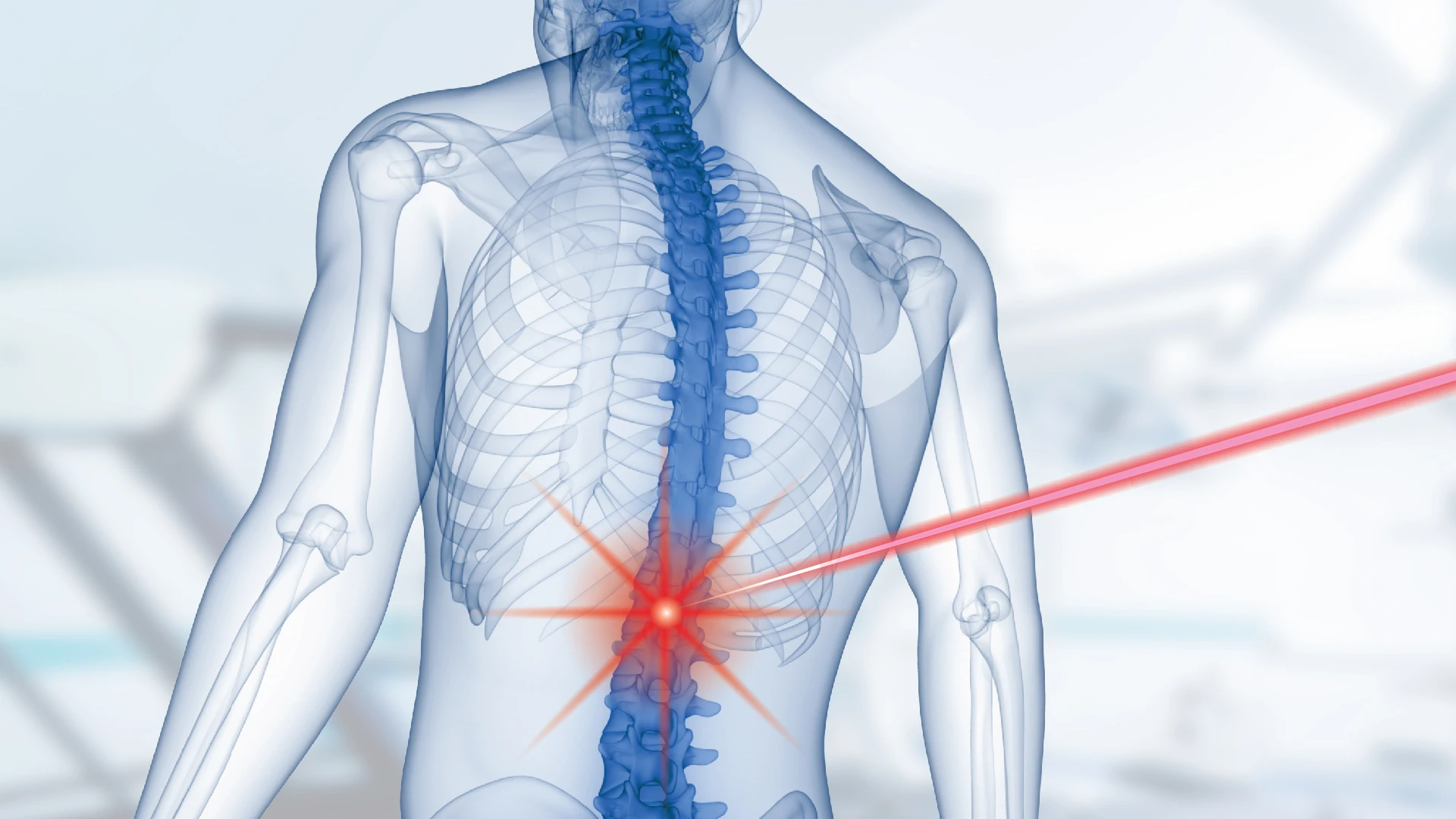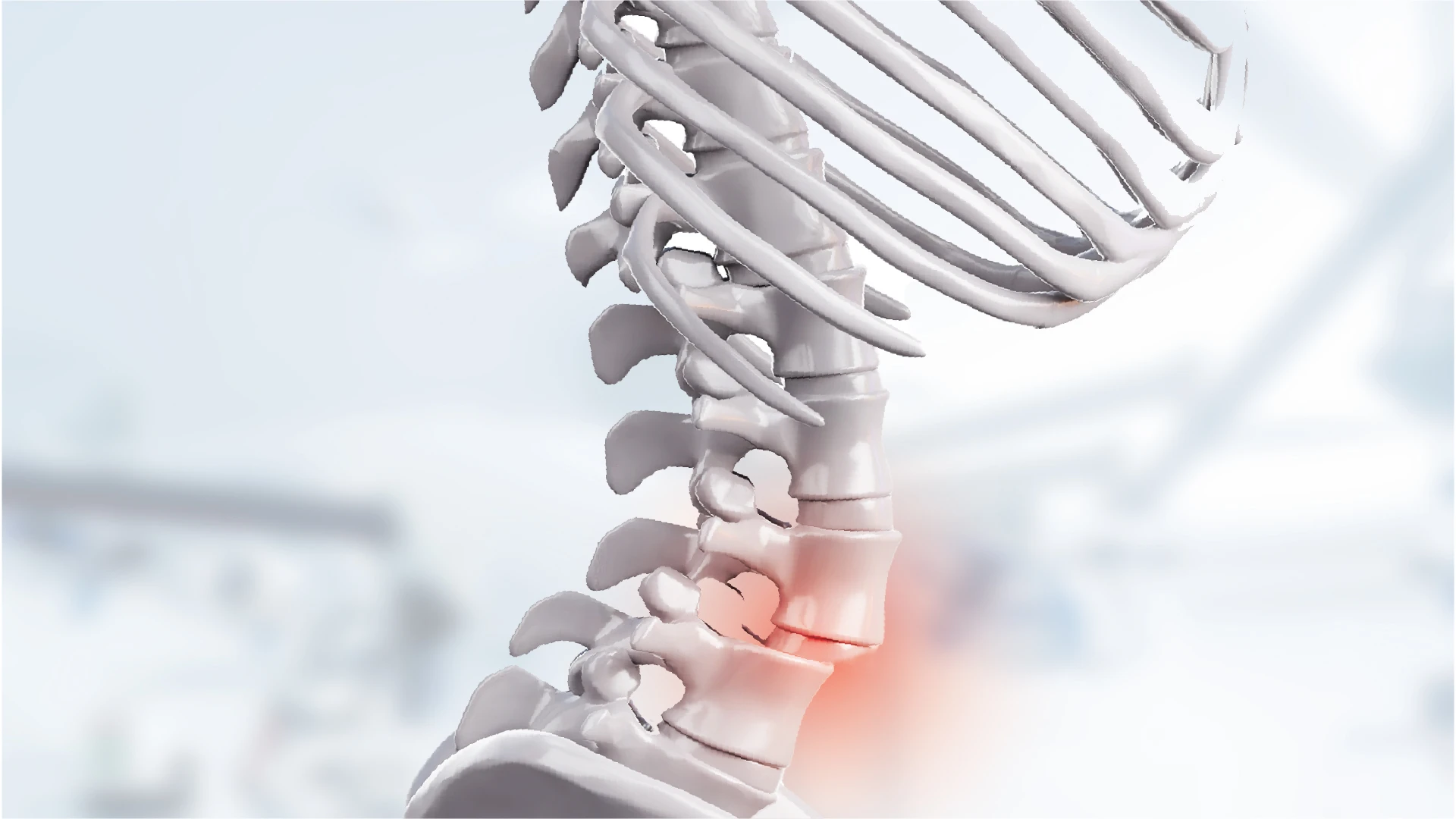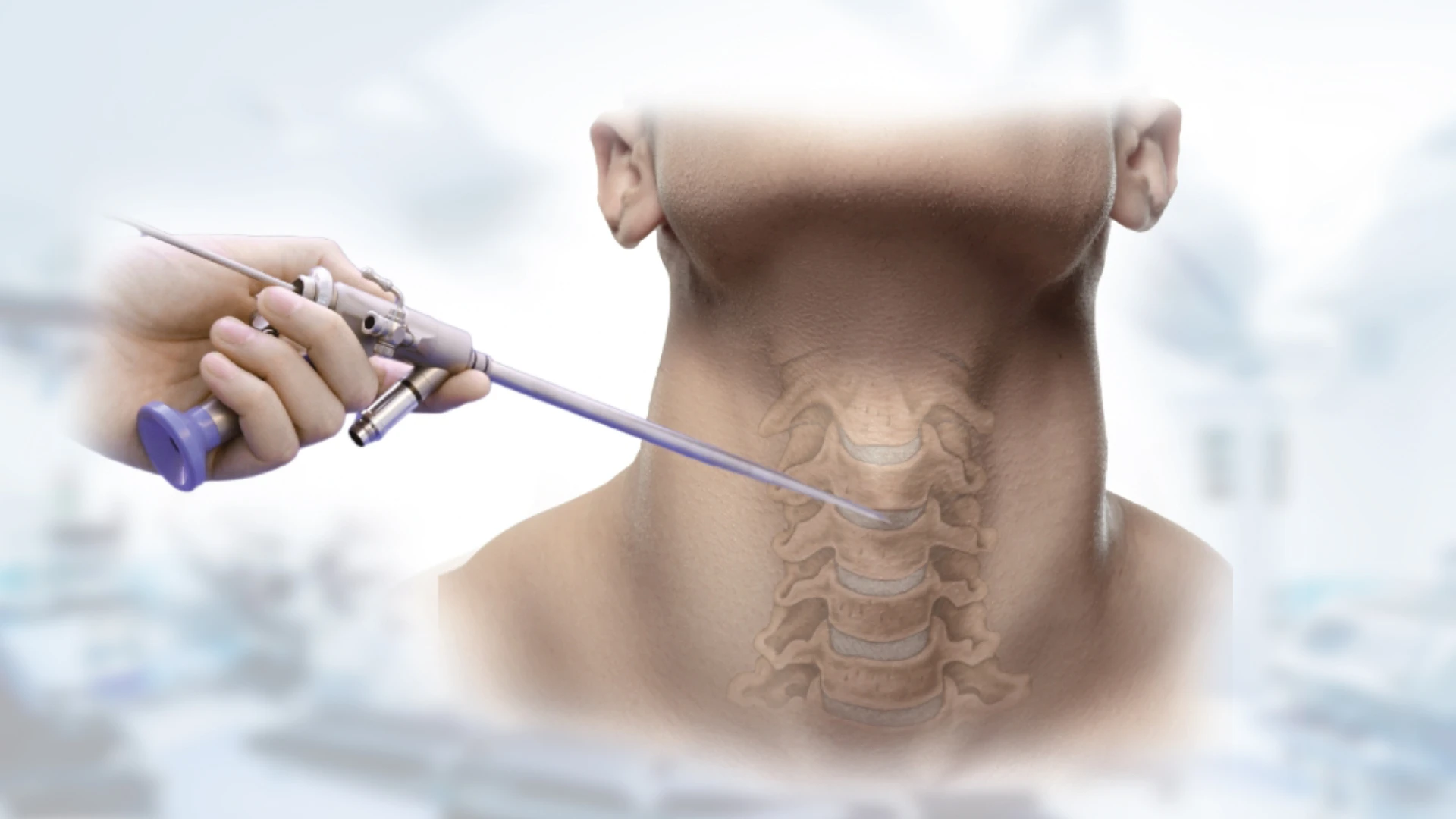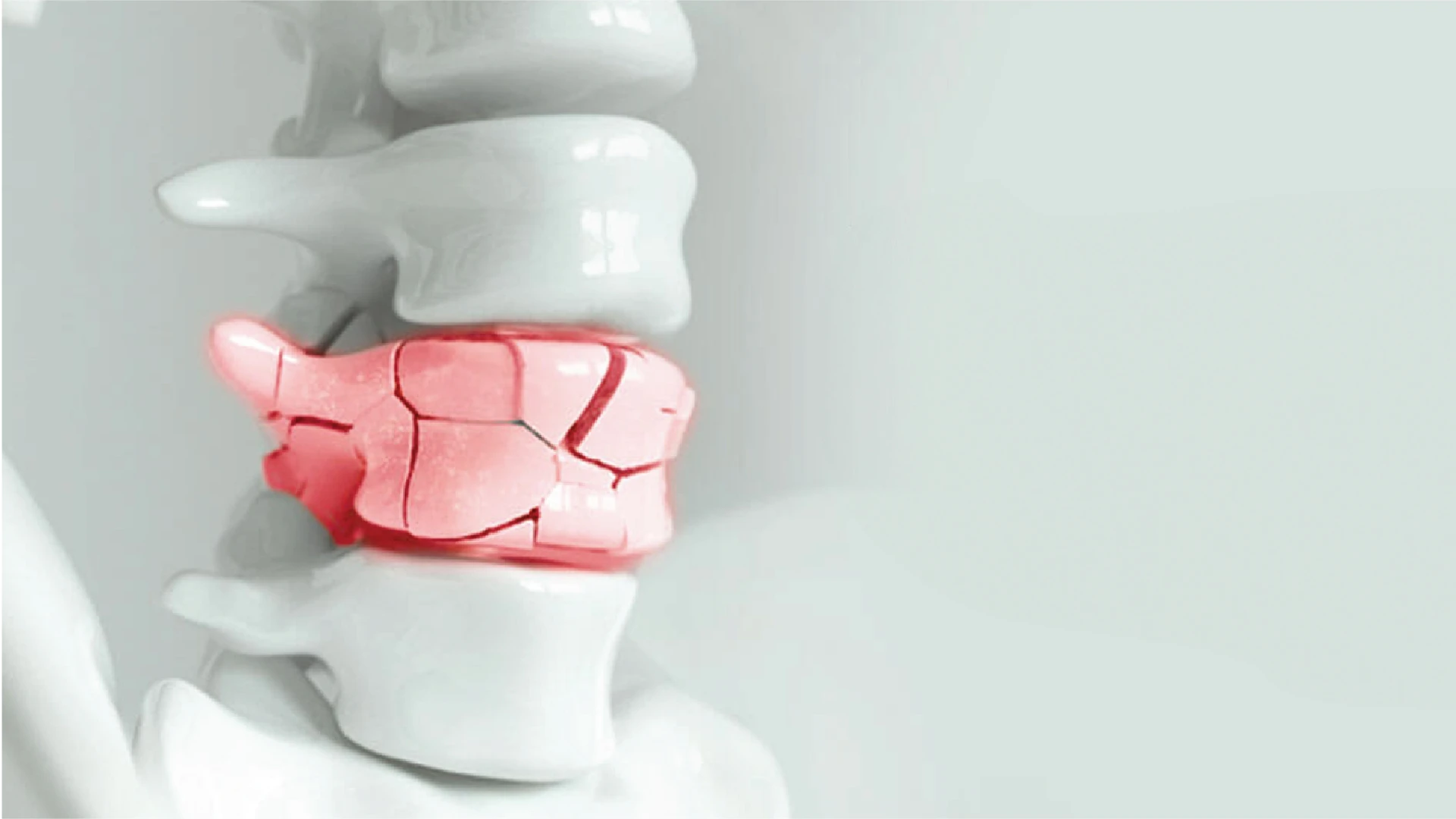

A Sharp Pain in the Back… A Turning Point That Nearly Took Away His Ability to Walk
Spinal Treatment and Care
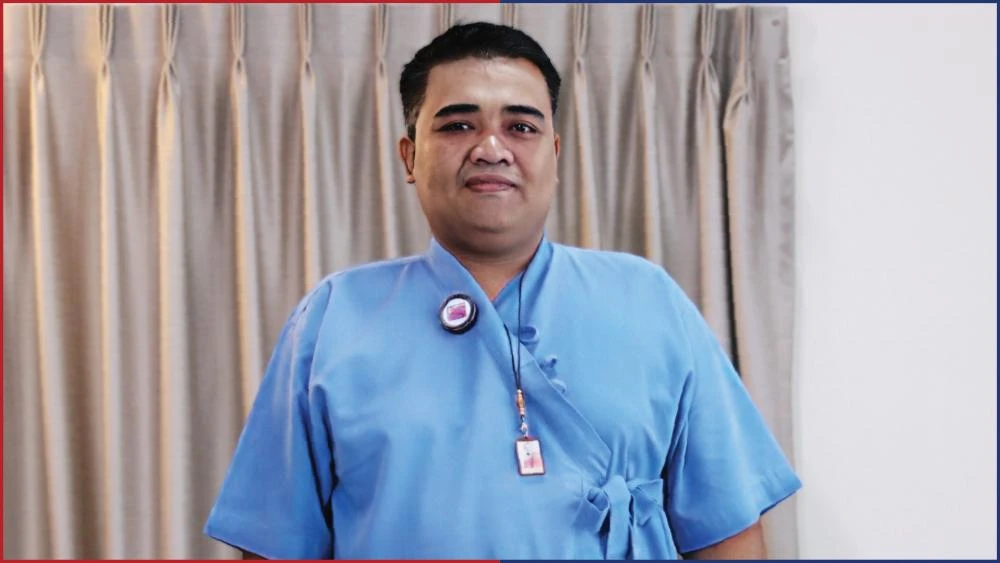
“I cried... I never thought I’d reach this point—when my body no longer felt like my own, and my legs stopped following my commands.”
“I cried... I never thought I’d reach this point—when my body no longer felt like my own, and my legs stopped following my commands.”
Mr. Theerayut had always been a strong man. His life revolved around automotive work and heavy lifting. Never did he imagine that simply walking up a pedestrian bridge would become impossible—and mark a turning point in his life.
That day seemed like any other. He went out to buy groceries as usual. But as he stepped onto the pedestrian bridge, a sharp pain shot through his mid-back and radiated down his leg. “I tried to force myself to walk, but my legs wouldn’t move. My brain was giving the order, but my legs wouldn’t obey.”
He stood frozen, heart pounding, drenched in sweat, clutching the rail tightly. Pain surged through his body—completely out of his control.
“I turned to look at the street, and tears just came. I used to do everything myself, and now I was crying by the roadside—because my legs wouldn’t move.”
Worsening Symptoms… and the Option No One Wants to Hear
As his symptoms worsened, Theerayut sought treatment, hoping to find a way back to normal life. Instead, he was told to lose weight to ease the pain.
Though he tried to follow the advice, his underlying diabetes made weight loss extremely difficult. Time passed and the pain persisted. Eventually, he was told he might need open surgery to remove the herniated disc and place metal implants in his spine. The fear overwhelmed him—he knew how risky such major surgery could be.
Hope Found on the Brink of Giving Up
He went home with a haunting question looping in his mind: “Will I never walk again?” Fear, anxiety, and uncertainty consumed him.
But unwilling to give up, he began researching spinal treatments—and discovered there was a minimally invasive option using endoscopic surgery, with no need for metal implants.
“I saw reviews about this hospital… they performed endoscopic surgery with incisions as small as a pen tip. I knew instantly—this was my way out.”
One Night, Back Home… A New Life He Never Thought He’d Get Back
The surgery was quick, and he could walk on the very first day. The man who once endured pain and hopelessness was now standing tall again.
“Before surgery, I didn’t even realize when my shoe fell off. But afterward, just walking barefoot—I could feel the coolness of the floor. I hadn’t felt that in years. In just one night, I could walk again. I truly got my life back.”


Play Video
Related Services

No. 2102/9 Ladprao Road, Wang Thonglang Subdistrict, Wang Thonglang District, Bangkok 10310
Call : +66 2-034-0808Our Services
Quick Menu
Copyright © 2025 S Spine and Joint Hospital. All right reserved


